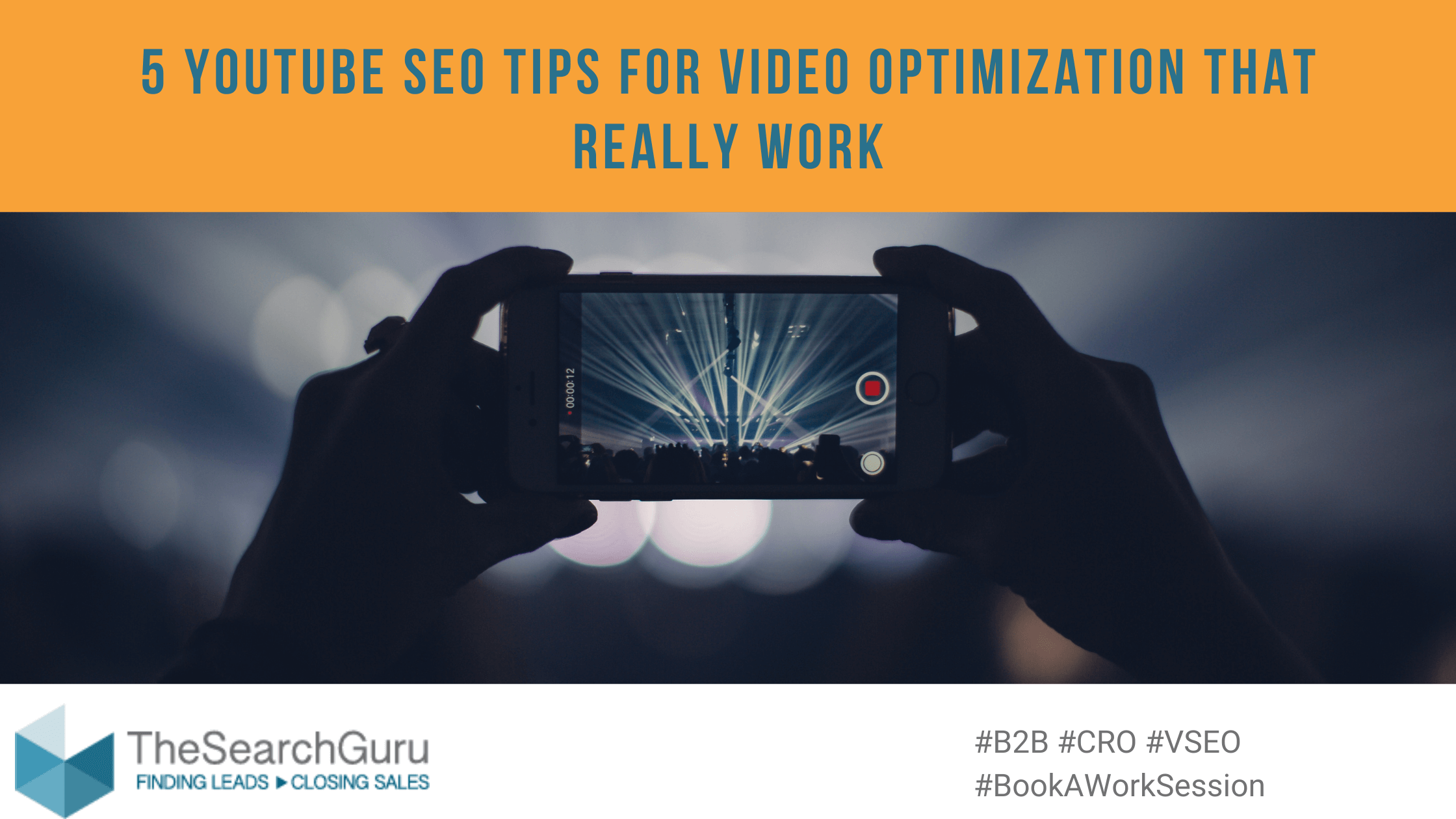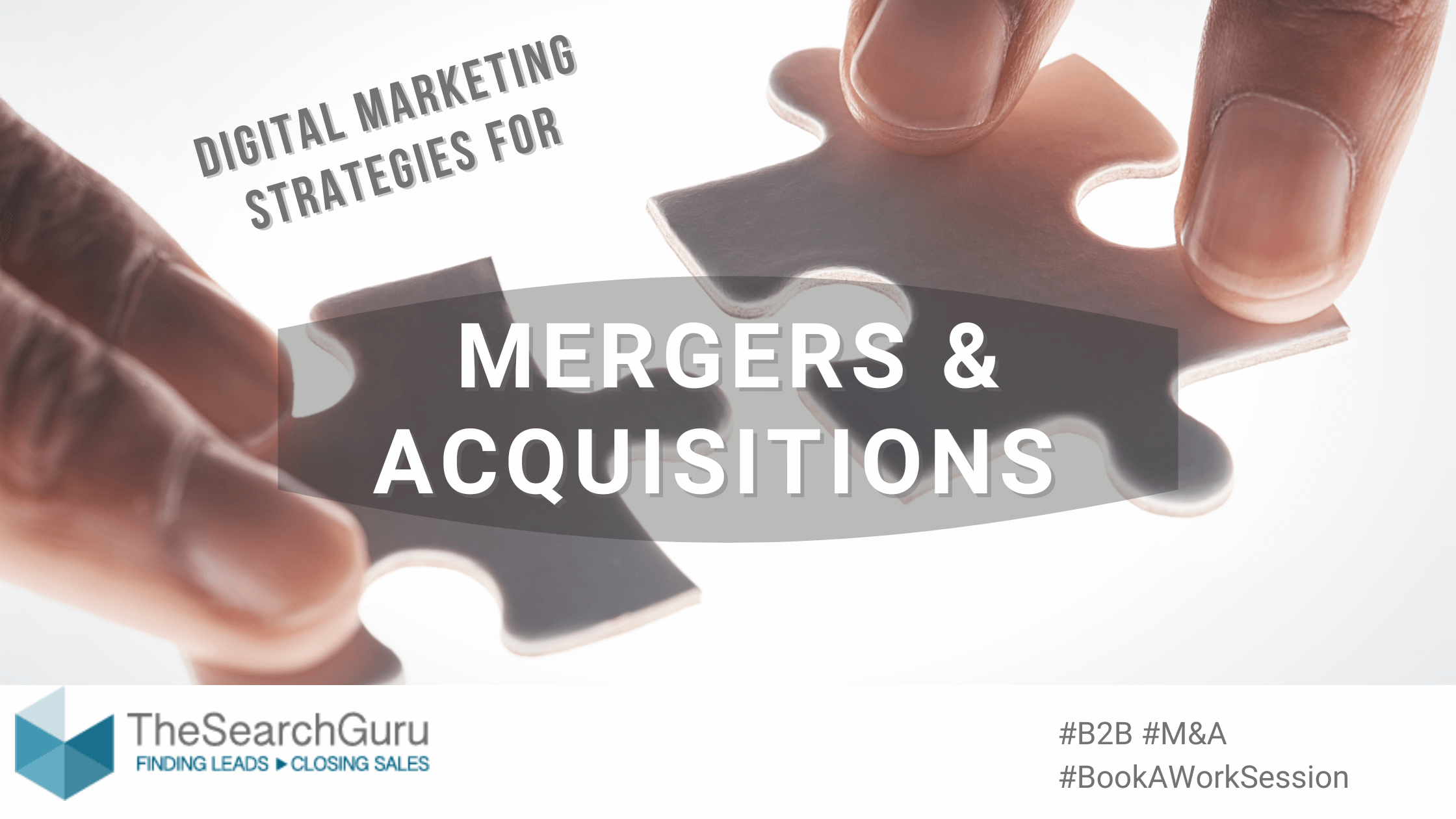On June 18, 2013, Google debuted its “Google Image Carousel.” Here’s what it means to you and your site.

Because of its impact on local search – after all, this is the biggest change to Google local results in years – this Carousel is also known as the “Google Local Carousel.”
No matter which name you choose to use, the Carousel replaces the familiar local packs in the SERPs (the cluster of up to seven local results labeled A-G that corresponded with the map on the right). Currently, the Image Carousel only displays for local entertainment, travel and food searches.
The Carousel visually dominates the SERP. If multiple PPC ads display underneath, as shown in the example below, this may result in few or no organic results showing without scrolling. Therefore, it is more important than ever for a business to be represented in all channels (local, PPC and organic).
Thanks to the Google Knowledge Graph, changes to local listings can be updated at lightning speed.
As local results will now be supplied by the Google Knowledge Graph, which is fed in part by the Google+ dashboard, data changes to listings made within the Google Places account will update in the SERPs in hours, and sometimes immediately, rather than in weeks. This is good news!
The Image Carousel adds an interesting twist to local, in that clicking on an image in the Carousel does not lead to a website. Instead, it leads to a branded search results page in Google for the business. This means that businesses may notice fewer non-branded queries to their sites. In addition, more visitors may enter your site from your Google+ Page than ever before, rather than from the SERPs. Having a well-optimized Google+ Page with photos and reviews is now crucial.
SEO approach to local search
The Image Carousel and new Google Maps List View will be dominated by images. Therefore, photos are now extremely important in Google+ Pages. Reviews have also become even more important, and are highlighted in the Carousel. Local rankings are now more influenced by both reviews and social signals.
The Search Guru’s Google+ strategy includes:
- Uploading appealing and impactful photos to Google+ Pages
- Fully completing and optimizing Google+ Pages with robust keyword descriptions, categories, etc.
- Encouraging positive Google+ reviews and consulting on responding to negative reviews
- Creating corresponding optimized Google+ Business Pages
- Cultivating Google+ communities / creating engagement via valuable post content, offers, resources or something similar
Impact on copy / keyphrase research / on-page optimization
The biggest impact the Google Knowledge Graph and Carousel have on search (at present) is this: Google is trying to outsmart you. For a growing number of queries, the Google algorithm understands semantics (what you mean vs. what you say).
Google how tall is Barack Obama for a demonstration of semantic search in action.
Over time (maybe 5 years from now), Google could make decisions about which pages are closer to giving searchers an answer than pages that have a great backlink profile. Optimizing content for the semantic web involves not only useful and resourceful copy, but also intelligent keyphrase use, close match synonym use, related keyphrase use and sometimes even antonym use. Beyond that, knowing what types of embedded media to include (images, videos, slideshows) – and from where – are all important factors that search engines will consider when trying to understand the underlying meaning of a page.
The future of the Google Knowledge Graph
We anticipate that, over time, the function of the Knowledge Graph block will expand to highlight websites with high domain authority, high domain velocity (sites that have gathered links recently and consistently over time) and social shares. Looking ahead, we anticipate that Google will do a better job of factoring in recency to its algorithms. At present, history predicts relevancy, which is problematic considering Facebook’s Graph Search is based on both history and recency.






Leave A Comment